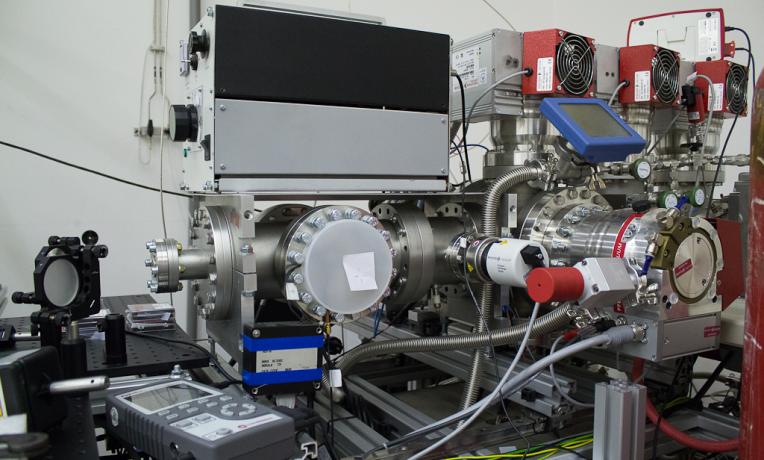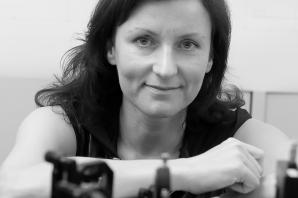Chemical reactions step by step
Chemical reactions are at the core of industrial processes. They are provoked to produce new molecules that will confer the desired properties to products from medicine, to cleaning agents or to fuel. With ERC funding, Prof. Jana Roithova has developed a powerful instrument for chemical analysis that could, in the long run, bring completely new ideas or design for chemical production processes.

Prof. Roithova is interested in chemical reactions and in particular in what happens when a molecule transforms into a new one: what are the compounds created during the chemical reaction, how do they react and finally form the end product. With her team at the Charles University in Prague, she has developed a new instrument that can analyse the intermediary products of reactions and better understand their interaction with the ‘catalyst’ agents – such as molecules containing gold or copper - that are added to the mix to accelerate the reaction chain.
The researchers took a commercial mass spectrometry instrument as basis and added a cryogenic trap with a first of its kind design. Mass spectrometry is the most widely used method to analyse molecules in the environment (e.g. air pollution), in medicine or structural biology. Forcing the analysis at low temperatures with the ‘cryo-trap’ (molecules are ‘frozen’ at temperature close to the absolute zero point), the team have expanded the range of analyses that can be performed with mass spectrometry.
The main advantage lies in the technique ability to study reactive intermediates that have a short lifetime and can only be found in low concentration. The very-low temperature created by the trap can extend their lifetime and the instrument can ‘catch’ them, isolate them in vacuum and analyse their characteristics and properties.
In the course of the project, the researchers put the instrument to the test, helping elucidate several reaction mechanisms in the process. They focused on ‘new’ chemical reactions, not yet used by industry. “One dream is to understand how to convert methane gas into methanol in its transportable, liquid form. This could open new avenues for an entire industry, including for energy storage or renewable fuels,” says Prof. Roithova.
“The ERC grant has helped me start this research line and build my group,” says Prof. Roithova, who is now a Professor and Head of the Department of Organic Chemistry at the Charles University. “Designing and testing the instrument has also led to collaboration with several research groups across Europe working with intermediates that can only be characterised with mass spectrometry.”
Prof. Roithova was awarded several prizes for her research. In 2014, she was the first Czech researcher to receive the Ignaz L. Lieben Award, also known as the Austrian Nobel Prize. She has now moved on to new challenges of mass spectrometry with a second ERC grant funded under Horizon 2020.
This article was first published in ERC Annual Report 2016.


